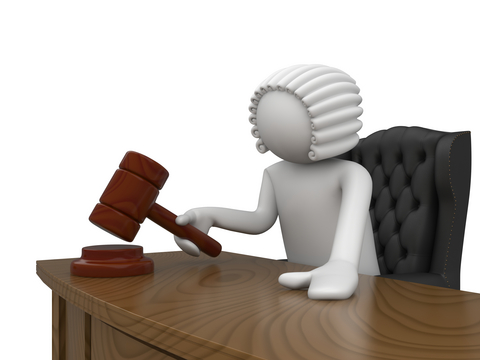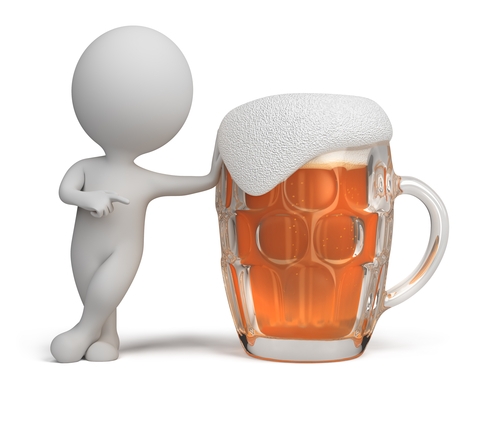William Fogarty was driving his Crown Victoria on a highway outside of Antigonish; he was impaired. He collided head on with a Ford Mustang. The two young occupants of the Mustand, Kory Mattie and Nicholas Landry, were killed. He was convicted. He appealed. His appeal was dismissed: 2015 NSCA 6. His appeals raised an interesting issue related to section 10(b) and change in circumstances.
Police responded to the scene. As they dealt with Fogarty the police noted some “concerning” things including his demeanour and glassy eyes, yet there was no odour of alcohol detected [@7]. Fogarty admitted that he taken methadone earlier that day as part of his drug recovery program. An ambulance attended the scene and ultimately Fogarty was transported to the hospital. En route the officers observed him for signs of impairment and overheard him talking to the paramedics about his history of drug use (something which he had conveyed to the police as well). The officers also obtained information that Fogarty had been spotted, before the crash, driving erratically.
The officers formed the grounds that Fogarty was impaired by a drug and while in the ambulance, the officers placed him under arrest and read the drug recognition demand to him under section 254(3.1). Notably, at this point, the officers knew and had informed Fogarty that one of the young men had died as a result of his injuries.
Sometime later, at the hospital, after Fogarty had been cleared by medical personnel, the officer advised him of his rights to counsel. Fogarty subsequently spoke to a lawyer – over two separate calls, Fogarty would have consulted with his counsel for about 14 minutes [@14].
The DRE officer then conducted the DRE examination. At the conclusion the officer determined that Fogarty was impaired and consequently read the 254(3.4) demand for a biological sample. Fogarty replied “oh yeah, I understand that” [@18]. Fogarty did not request and was not given further access to counsel after the DRE tests and before the biological sample was taken.
At trial Fogarty sought to exclude the evidence of the biological; he argued “that the failure to provide him with an additional opportunity to consult counsel, after the demand for his blood sample, violated his right to counsel under s. 10(b)” [@29].
Fogarty was convicted; he was sentenced to five years and nineteen days jail. He appealed his conviction.
The issue on appeal was whether the “failure to provide him with an opportunity to re-consult counsel, after the demand for his blood sample” violated section 10(b) [@34]. More precisely, this argument highlighted two poitns. First, that the police should have told him, at the time of the initial demand, that a biological sample could be taken; and second, that the court should not infer that counsel was aware of this and would have advised the accused accordingly.
The court dismissed the appeal.
The Court began its assessment of the issue with a review of R v Sinclair, 2010 SCC 35 and the Supreme Court’s comments on when it is necessary to permit a detainee to re-consult with counsel. The Court noted that “the opportunity to re-consult” arises “only where there is an objectively ascertainable change of circumstances” [@41].
With respect to the first point (whether there was a change in circumstances) the court offered the following:
The DRE and blood demand are not disjunctive investigative techniques. Rather, the DRE culminates in the fluids demand. That linear progression is apparent from the plain words of ss. 254(3.1) and (3.4)… [@48].
With respect to the second point (the content of the legal advice) the Court offered the following:
There was no evidence of the content of the legal advice given to Mr. Fogarty, or that his counsel acted incompetently. There was no challenge to the competency of his counsel. The judge’s view was that, in those circumstances, Mr. Fogarty’s counsel is assumed to have acted competently. The judge concluded competent counsel would be aware, and advise that the DRE under s. 254(3.1) invokes a potential blood demand under s. 254(3.4). Consequently, despite that Mr. Fogarty initially had been unaware of a potential blood demand, his counsel would canvass that possibility in his pre-DRE advice to Mr. Fogarty. [@44].
The court dismissed the appeal.
Fogarty is a helpful case for a couple of reasons. First, it illustrates, quite properly, the courts can and should presume counsel provide competent advice to their clients absent evidence to the contrary. Second, it highlights the difference between a linear progression and new investigation.
Fogarty should also be seen as a success for the DRE provisions and program in increasing the ability of the criminal justice system to detect and prosecute drug impaired driving.
DM




